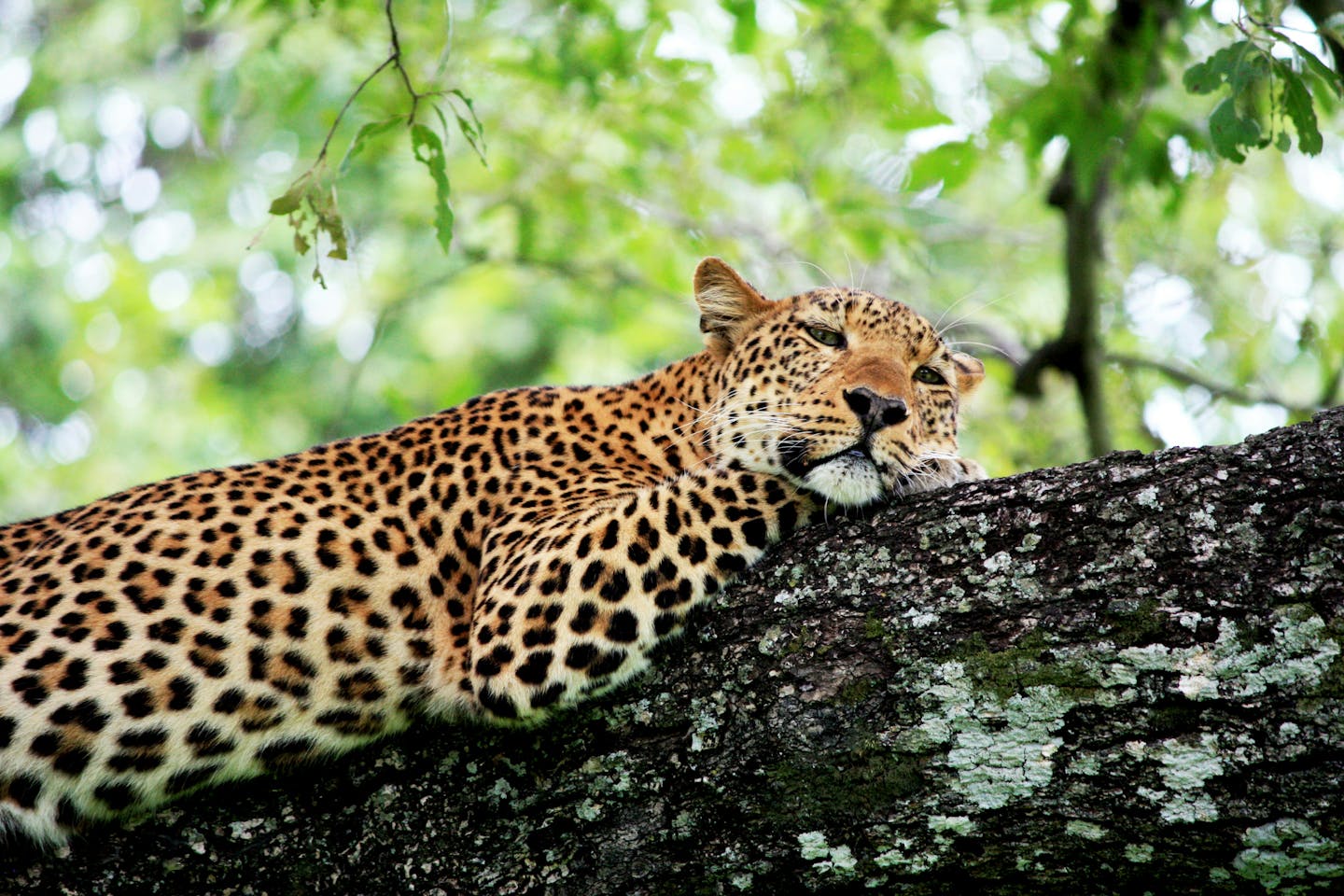By Joe Coroneo-Seaman
Copyright eco-business

Credits are not to be confused with biodiversity offsets or habitat banks. Though similar, these are types of environmental regulation that have been around since the 1970s. Examples include England’s biodiversity net gain and mitigation banks in the US. A company may be required to purchase offsets to compensate for any unavoidable ecological damage caused by a development, such as a mine or hydropower dam. The money pays for the restoration of a similar ecosystem elsewhere.
By contrast, biodiversity credits are part of an unregulated international market. Anyone can sell them and anyone can buy them – via online marketplaces, brokers or directly from the project developer.
Today, credits generally sell for anywhere between US$2 and US$415.
Putting nature into numbers
It is hoped that selling biodiversity outcomes as discrete units will be more appealing to large private investors, who want to be able to report quantifiable units of nature.
“If you can’t report in a quantitative way the returns of your investment, it’s pretty certain that money is going to stop flowing very soon,” says Edmund Pragnell, nature finance lead at CreditNature, a UK-based biodiversity credit scheme.
But what exactly counts as a discrete biodiversity unit?
Unlike with greenhouse gas emissions, which can be measured in tonnes, there is no single standardised metric that can account for nature’s complexity. Attempts to do so present a “monumental challenge”, according to a 2024 scientific review of biodiversity credit schemes.
This hasn’t stopped credit-issuing companies, many of which have opted to design their own methodology.
Some issue credits based on biodiversity gains. In other words, the landowner must prove that over time, certain metrics of ecological health have gone up, or remained constant. PlanVivo, for example, issue one credit per 1 per cent of “biodiversity increase” per hectare, per year.
Other schemes reward management instead of outcomes. One jaguar credit from ERA represents the “stewardship” of one hectare of umbrella species habitat – in this case, Brazil’s Pantanal wetland – for a year.
“Because the market is voluntary, no one prevents you from interpreting nature differently,” says Simas Gradeckas, nature finance researcher and member of the International Advisory Panel on Biodiversity Credits (IAPB) measurement working group.
“That makes it difficult for buyers to understand what they’re buying.”
Stumbling blocks
Despite the excitement, business isn’t exactly booming.
The total value of credits sold as of September 2024 is estimated at between US$325,000 and US$1.87 million. For perspective, that’s 0.001 per cent of the US$200 billion a year that countries have pledged to raise by 2030.
The maze of options is one factor holding back would-be buyers. “They shouldn’t need to go through fifty-plus biodiversity credit schemes to choose which one to support,” says Gredackas. “The due diligence required is just too heavy.”



